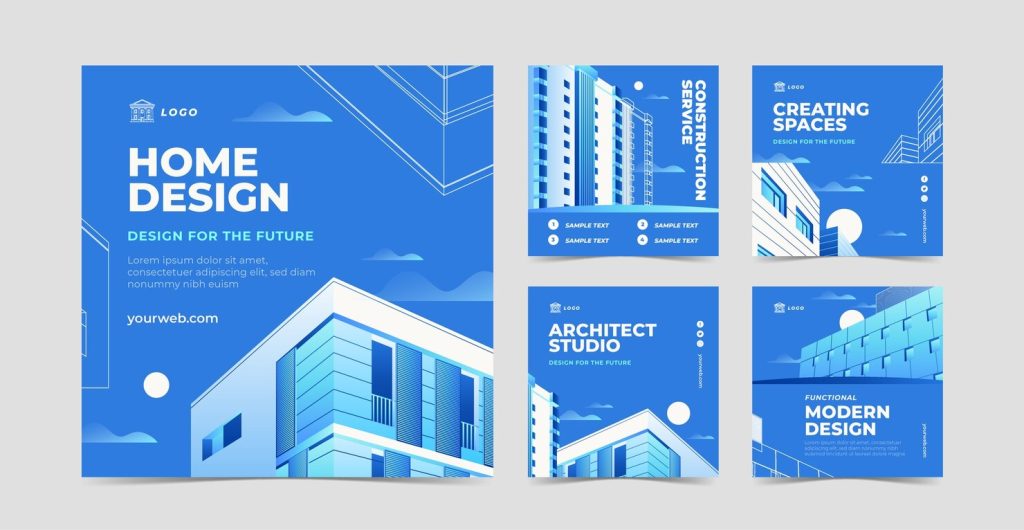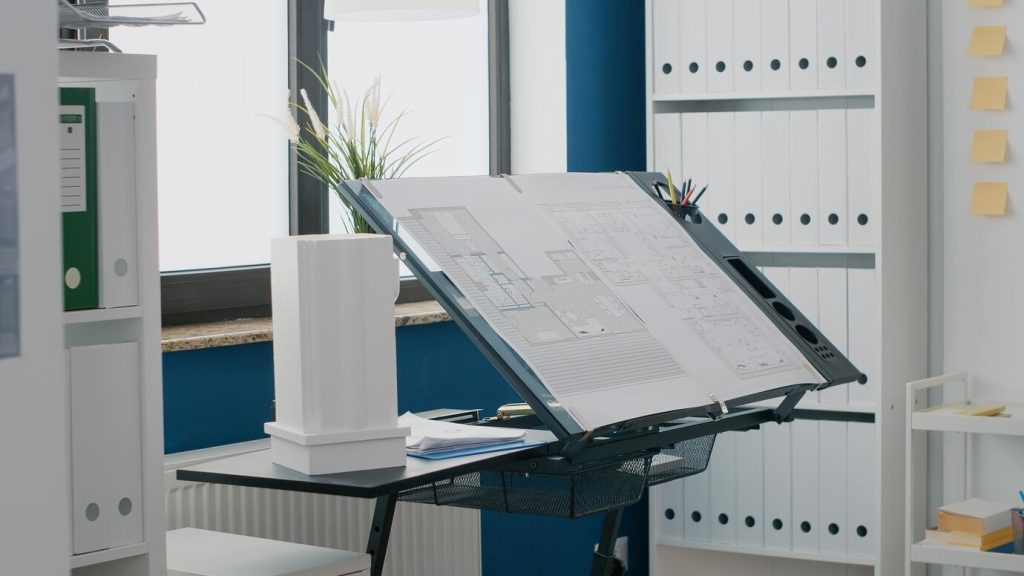
When working on a design project, one of the major challenges that architects and designers confront is overcoming differences in design perspectives with clients. These disagreements can occur due to variances in taste, budget constraints, or differing interpretations of the project brief. Here’s a guide on how to effectively navigate these challenges.

Understanding the Challenge
Before diving into problem-solving, it’s crucial to identify why these differences exist. Whether it’s variance in aesthetic preference (“Modern Aesthetics vs Traditional Style”) or disagreement on space utilization (“Home Office or Spare Bedroom?”), recognizing the core issue is essential.
The Art of Communication
Clear, regular and empathetic communication is the cornerstone of resolving design differences. Try to understand your clients’ tastes, lifestyle, and expectations before presenting your ideas – this pre-emptive approach can help mitigate potential conflicts. Keep in mind the value of phrases like “Budget-friendly Design Solutions” and “Maximizing Space Utilization”, these can resonate well with clients.
Compromise Over Conflict
There’s an art to achieving a balancing act between your creative vision and the client’s desires – “Balancing Creativity and Client Expectations”. Offering alternate design options that reflect both viewpoints, or compromising on certain elements while retaining the overall design integrity can resonate well with the client.

Case Study: A Tale of Two Perspectives
Take the example of the Smiths, who wanted a classic touch in their home design whereas their designer was known for contemporary aesthetics. The initial proposal, filled with muted color palettes and minimalist furniture (“Minimalist Chic”), was not well-received.
In response to feedback, the designer incorporated classic elements such as decorative moldings and antique lighting fixtures, while staying true to his modern, clean style. This ‘Modern Classic Fusion’ appealed to the Smiths, leading to successful project completion.
Zooming Out to the Bigger Picture
Remember the big picture – a satisfied client and a well-executed project. Think “Client Satisfaction and Retention” instead of “Winning a Design Disagreement”. The goal is to create a design that satisfies the client while reflecting your expertise and style.
Incorporating these strategies in your dealings with design differences will not only help in “Building Stronger Client Relationships” but also contribute to a more fulfilling and successful career in design.
Isn’t it wonderful when we can transform ‘Design Disagreements’ into ‘Design Collaborations’?


